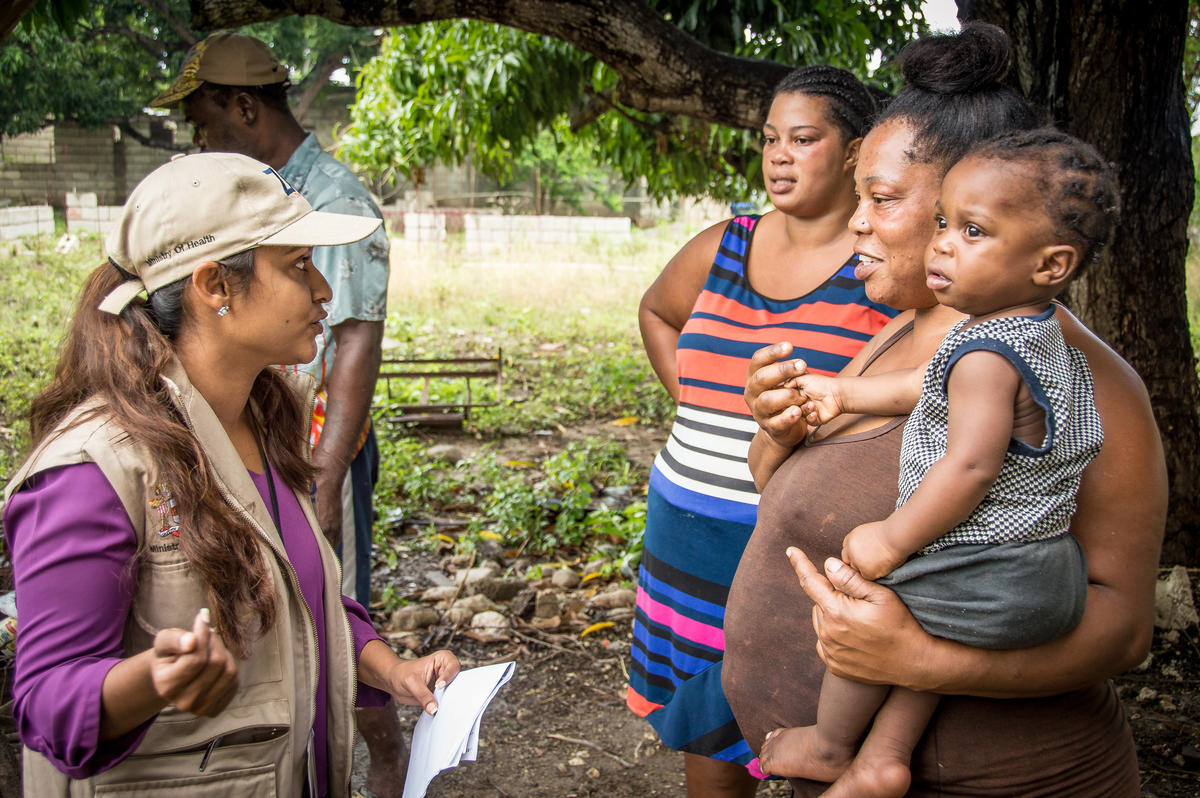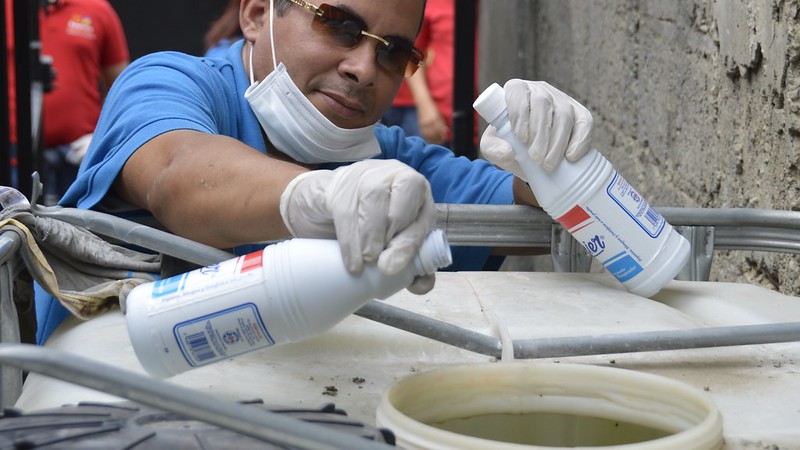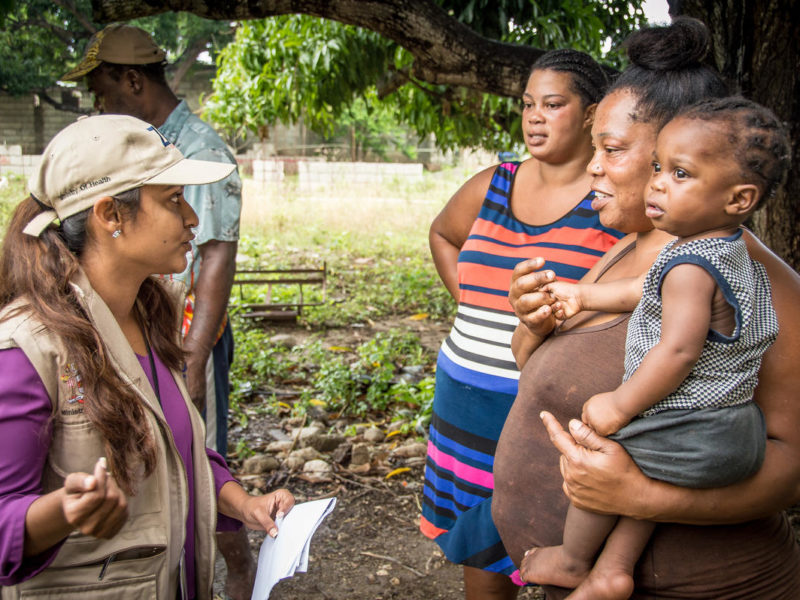A new external evaluation of the U.S. Agency for International Development’s (USAID) response to a 2015 Zika outbreak in Latin American and the Caribbean praises the role played by the Johns Hopkins Center for Communication Program in sharing timely, accessible information on the disease and the progress being made to counter it.
The public-facing Zika Communication Network and a private Zika partners website, utilized for knowledge sharing by governments and partners involved in the response, were both created by CCP’s Knowledge for Health (K4Health) project, funded by USAID.
The networks were designed to connect responders with state-of-the-art knowledge and tools created by partner organizations that users could readily use or adapt to their particular context and response plan. They have been used to empower communities to tackle the Zika epidemic, provide health care workers with quality counseling and training materials and equip policymakers and other advocates with communication materials and policy and preparedness guidelines to curb the spread of Zika and promote prevention.
USAID’s Zika work in Latin America and the Caribbean ends in September.
“The Zika Communication Network has important use beyond the Zika response as a detailed repository of technical and programmatic experience on Zika supported by USAID,” according to the review, conducted by the Global Health Program Cycle Improvement Project. “Having the Zika Communication Network available to government partners to provide experience, materials and tools developed under the Zika response, as well as information about new technologies for Zika, would help to reinforce the capacity strengthened under the response.”
CCP’s Anne Ballard Sara, MPH, who leads the Zika response for the K4Health program, said the Zika Communication Network was vitally important given that little was known about the virus before 2015.
“At the very beginning of the response, it was an emergency and a lot of people hadn’t worked on Zika before,” Ballard Sara says. “Partners were creating materials for the response based on the rapidly changing evidence and USAID recognized the need for a central platform to house the new information in ways it could be easily used. It made the response more efficient.”
On the Zika partners website, partners posted monthly reports about their progress and shared accounts of what was and was not working, she says.
The new evaluation recommended that the Zika Communication Network continue beyond September, but at the time the evaluation was released, there were no plans to keep it in place. USAID has since determined that the external site will continue to be maintained by Knowledge SUCCESS, a new knowledge management project led by CCP. No new content, however, will be uploaded.
Zika is a virus transmitted by the Aedes aegypti mosquito, the same ones that transmit dengue, yellow fever and chikungunya. While many people who contract the virus don’t know they have it, it can cause miscarriages, stillbirth and babies born with microcephaly and other serious neurological problems. There is no vaccine.
On Feb. 1, 2016, the WHO director general declared a public health emergency of international concern that lasted nine months. In total, the U.S. Congress set aside $366.5 million for the USAID Zika response in Latin American and the Caribbean.
Full funding, however, didn’t come until September 2016. As the report states: “despite relatively rapid hiring and accessing existing projects to focus on the response, the USAID response arrived in the field after the epidemic had subsided.”
One issue reported by partners developing social and behavior change communication tools, the evaluation found, was that they “were met with low levels of perceived risk [about Zika] as the response got underway. Governments gave little or no attention to Zika as a separate health threat, citing more serious and fatal problems, such as dengue.”
CCP’s Zika work had success in developing behavior change communication strategies that can be used now and in the future for outbreaks of other viruses caused by the same mosquito.
On the plus side, the evaluation found that “USAID has achieved the Zika response goal by helping governments integrate Zika into arbovirus vigilance and programming, establishing specialized training in entomology and tracking insecticide resistance, introducing the [quality-improvement] approach into prenatal, pregnancy, delivery and neonatal care, and integrating male partners into reproductive health services.”
Much of the current Zika-related need in Latin America and the Caribbean are health services to care for the children who were born with brain damage linked to the virus.




